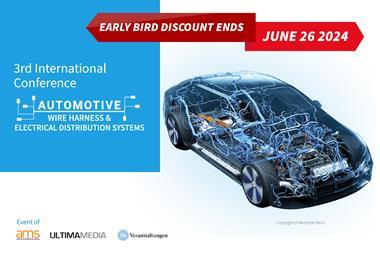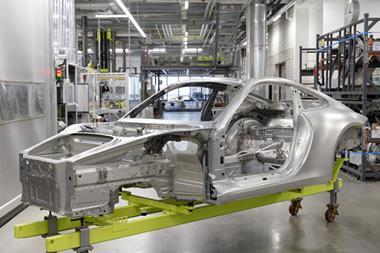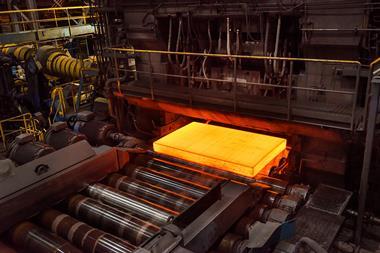The paper argues for stimulating demand for the green steel transition and proposes slowly phasing in ’green premiums’ so as not to upset the consumer base

The Centre for European Policy Studies (CEPS), recently published its recommendations on a policy framework for boosting the demand for green steel in the automotive industry. The publication lent force to the advantageous position the automotive industry finds itself in, which CEPS believes allows it to independently bring about the shift towards green steel solutions. According to CEPS, the automotive industry, (which constitutes approximately 12% of global steel consumption) has the potential to transfer the cost of a ‘green steel premium’ to its end-customers.
The report also suggests this distinctive position allows the automotive sector to drive the demand for green steel independently - and without having to depend on public subsidies.
It should be noted that CEPS receives more than 50% of its funding from European institutions such as the EU Commission and Parliament.
Stimulating demand for green steel

With this mind, the paper underlines that the European Union’s commitment to decarbonise its industries presents a significant opportunity for both the automotive and steel sectors to mitigate their climate impacts. Aside from solely focusing on electrification and reducing tailpipe emissions, addressing the emissions embedded in vehicle materials such as steel, is crucial for reducing the overall carbon footprint of cars.
The paper analyses how policy interventions can stimulate consumer demand for green steel within the automotive industry. According to CEPS, carbon pricing and sustainable finance serve as foundational mechanisms to drive demand for green steel, and carbon pricing establishes a trajectory for emission reduction and diminishes the ‘green premium’ associated with carbon-intensive materials.
Although the 2020 EU Taxonomy regulation prioritises investments in cars constructed with green steel - aligning with sustainability objectives - the paper points out that these measures alone are insufficient to spur increased demand for green steel.
A common definition of sustainable steel and multi-stakeholder initiatives
The lack of an universally accepted definition poses a challenge for the automotive industry in achieving sustainable solutions. Developing a common EU-wide standard based on a reliable methodology and a clear definition of near-zero emissions steel would provide clarity for the automotive industry and support sustainable decision-making, since the standard could underpin various policies aimed at driving demand, (and CEPS believes decisions regarding the inclusion of circularity aspects in green steel production need to be addressed).
Further to this, multi-stakeholder initiatives have proposed a sliding scale definition of green steel. However, this approach may penalise steelmakers that utilise a higher share of recycled materials in their production process. Alternatively, setting both primary and secondary definitions could offer a more balanced approach. Moreover, targeted policies focusing on sustainability reporting and disclosure rules can facilitate informed consumer choices and encourage investments in green steel.
CEPS points out that implementing obligatory targets for green steel could significantly impact demand, which poses an issue for the multi-stakeholder initiative approach. Europe believes that gradually reducing permissible embedded carbon thresholds for automotive steel, based on a green steel standard, offers a promising approach to combat this potential lack of demand.
In other words, consumers should expect to pay for this green transition, too, failing which they should be made to want to. Such ‘thresholds’, says CEPS, could be integrated into existing regulations like the Ecodesign for Sustainable Products Regulation, or the End-of-Life Vehicles Regulation. It adds that considering embedded emissions alongside tailpipe emissions in general vehicle standards could further drive demand for green steel.
The paper explicates that while targets and obligations have the potential to stimulate demand for green steel, they must be carefully designed to accommodate different vehicle sizes and attributes. It also points out that policymakers must address challenges such as material substitution and the potential burden on carmakers - underlining that resolving these issues is crucial for developing a comprehensive policy framework that effectively promotes the use of green steel in the automotive industry.
CEPS asserts that creating a supportive policy framework to drive demand for sustainable steel in the automotive industry requires careful consideration of various factors and challenges. By implementing targeted interventions and collaborating with stakeholders, policymakers can effectively promote the transition towards more sustainable materials in vehicle manufacturing.






































No comments yet